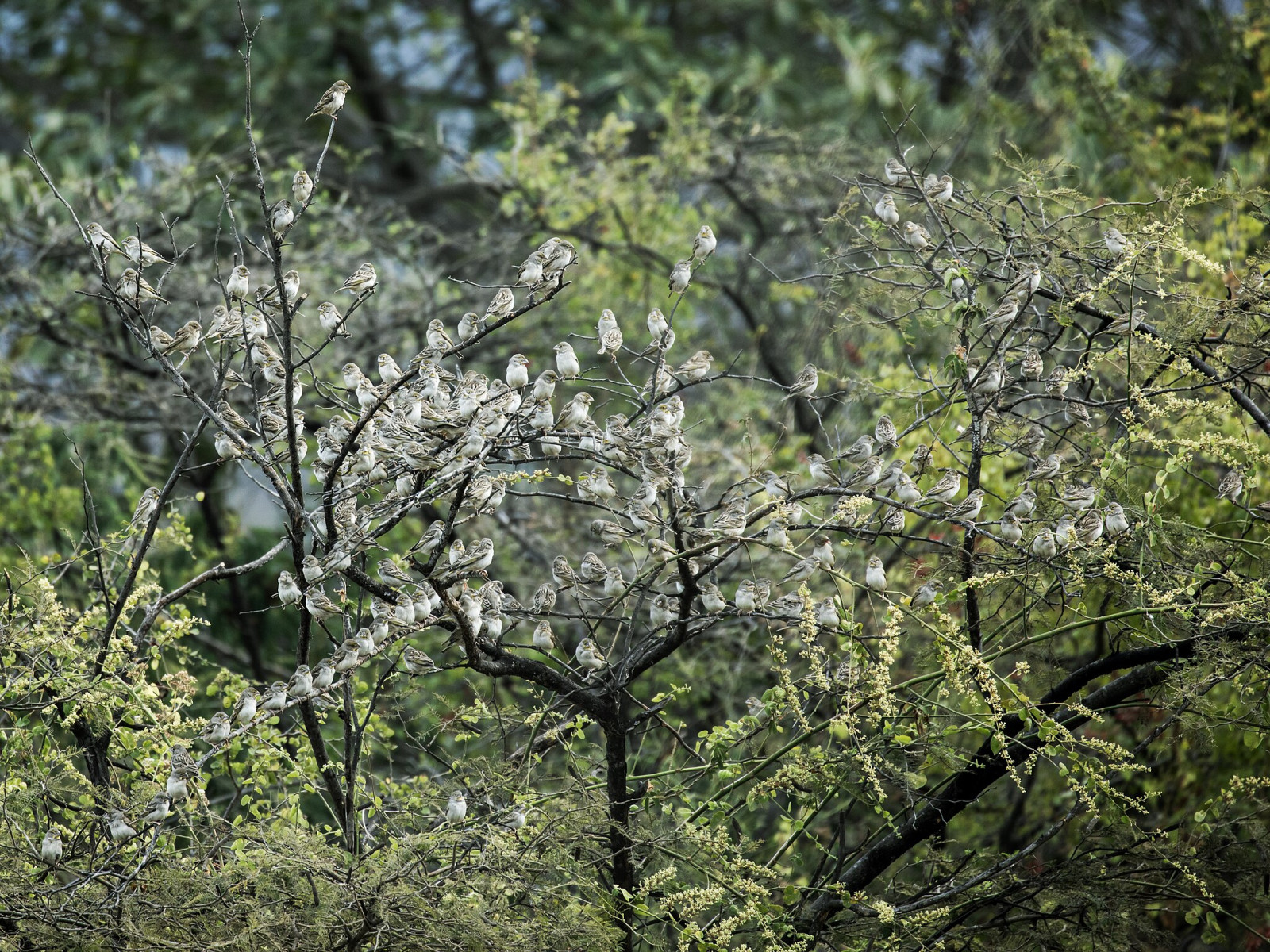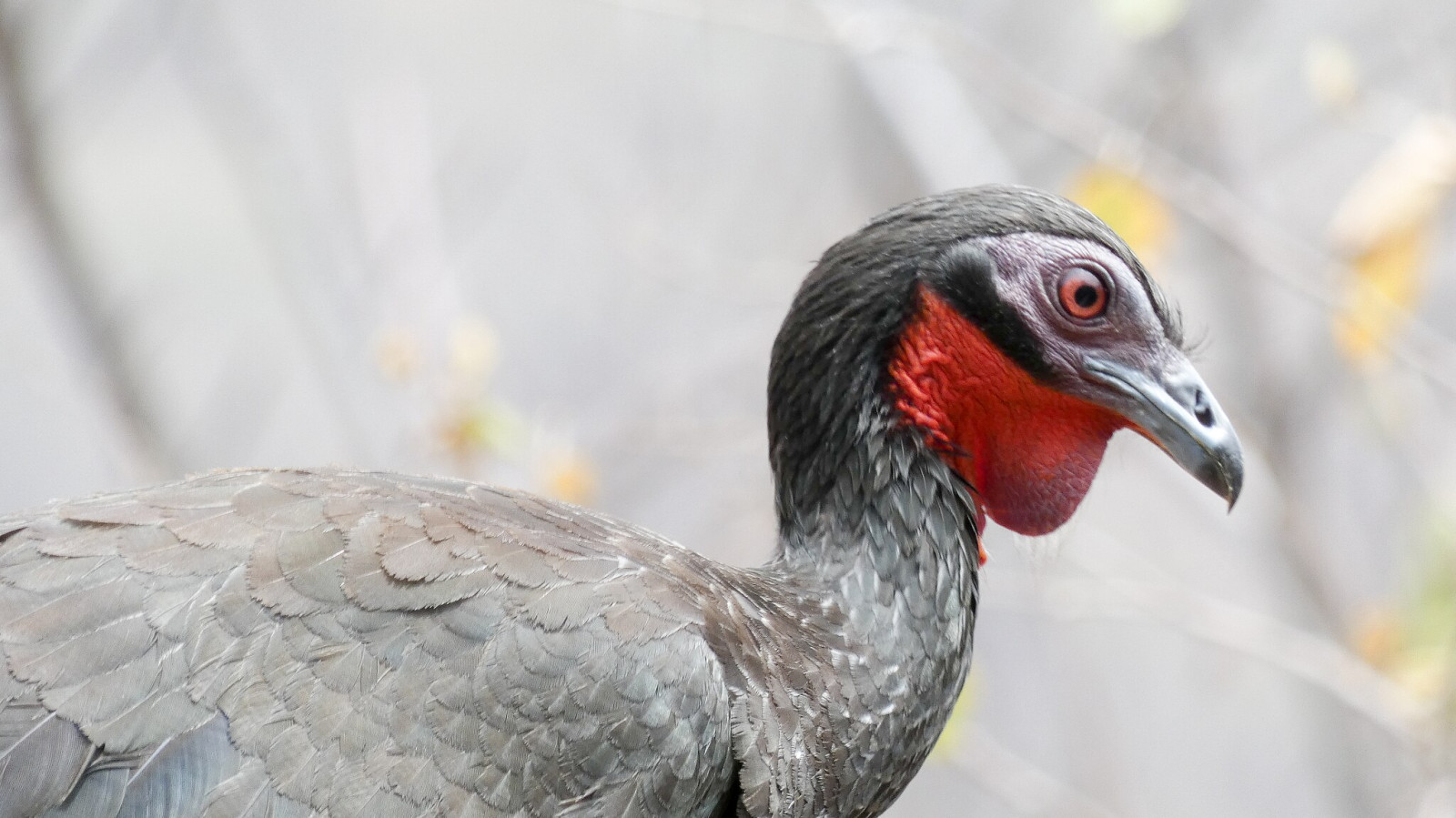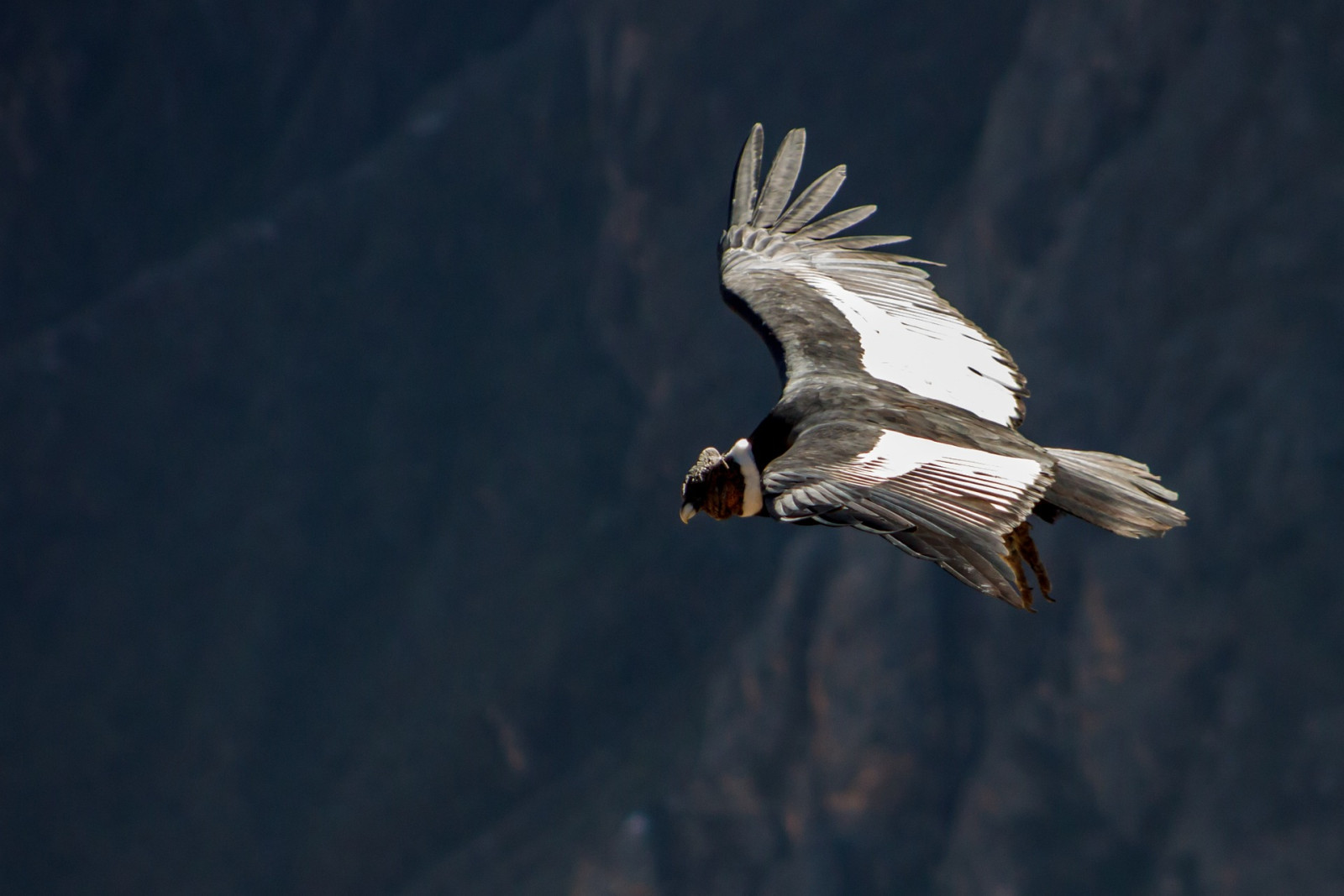Charger images
Les formats d'image autorisés sont de type jpeg, png ou gif
La taille maximale du fichier doit être de 20MB



Community-owned and managed reserve that supports good populations of many Tumbesian endemics species. A 12 room ecolodge provides accommodation and meals.
The Chaparri Private Conservation Area is a dry-forest reserve of 36,412 hectares. It is located in the western foothills of the Andes at 500m elevation. Low hills with seasonally deciduous dry forest and an evergreen valley with gallery woodland along a permenant watercourse around the lodge with views to the 1,350 m peak of Cerro Chaparri. The reserve supports good populations of many Tumbesian dry forest endemic species including: White-winged Guan, Tumbes Tyrant, Tumbes Hummingbird, Tumbes Sparrow, Rufous Flycatcher, Peruvian Sheartail, Peruvian Screech-Owl, Elegant Crescentchest, Collared Antshrike, White-headed Brushfinch, Gray-and-gold Warbler, Black-capped Sparrow (Black-capped), Sulphur-throated Finch and other sought after species such as: Andean Condor, King Vulture and Solitary Eagle.
Chaparri Ecolodge is 75 kilometres from the city and airport of Chiclayo, to which there are four flights daily from Lima. One hour drive on asphalt and then 8 km on a dirt road through the reserve to the lodge. The reserve is best explored on foot around the lodge area on a series of short trails that access all the habitats. The lodge has 6 en-suite double cabins and five double rooms with shared bathroom facilities. For prices and bookings check their website (see the link below).
The reserve has a new photography blind for Andean Condor and King Vulture with many Turkey Vulture and Black Vulture as well. Also, visited by Securan Foxes, Andean Bear and occasionally Puma.




Votre feedback sera transmis à l’auteur.rice de cette zone et à l’équipe éditoriale de Birdingplaces, qui l’utiliseront pour améliorer la qualité des informations. (Vous souhaitez publier un commentaire visible en bas de page ? Fermez cette fenêtre et choisissez l’Option 1 : « Publier un commentaire, un conseil ou une observation ».)
Veuillez fournir des suggestions d'améliorations ou d'ajouts au texte de ce site ornithologique.
Veuillez fournir vos suggestions d'améliorations ou d'ajouts à la carte.
Veuillez fournir des suggestions d'améliorations ou d'ajouts à la liste des oiseaux.
Cliquez sur l'icône de l'oiseau () Insérez les noms d'oiseau dans votre langue. Ils seront automatiquement traduits pour les autres usagers !